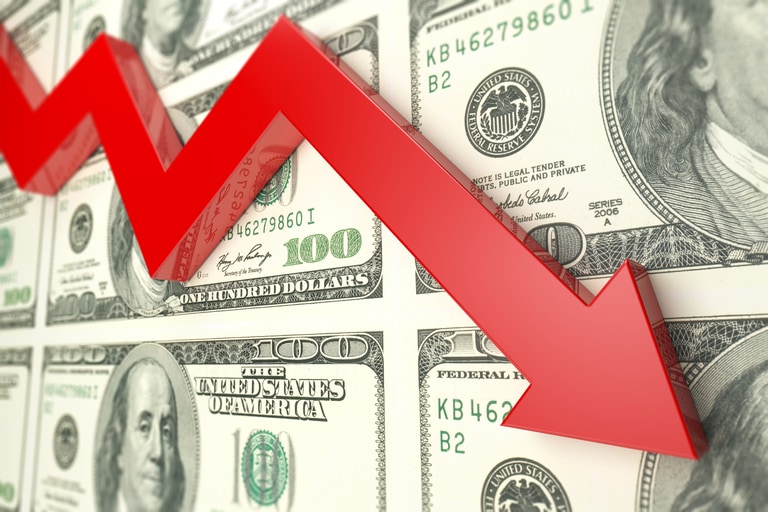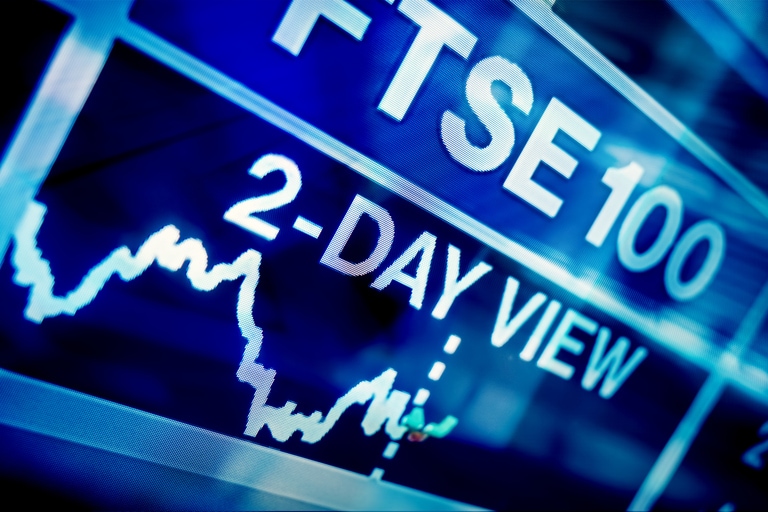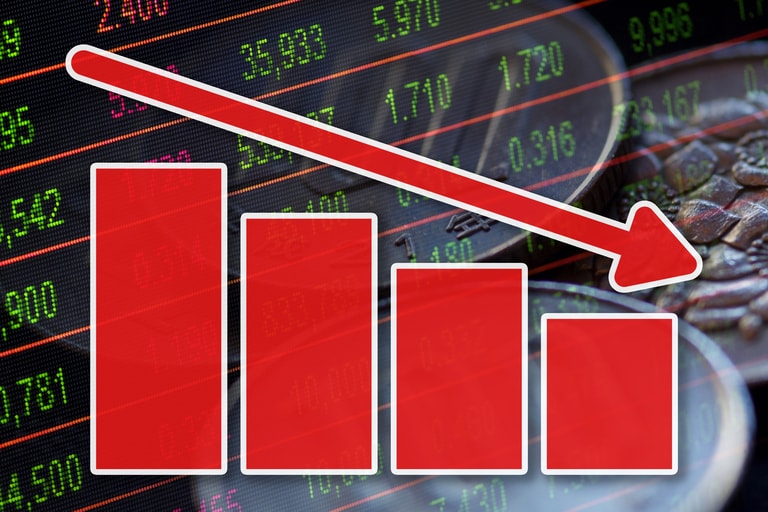The optimism that had characterised the rebound in travel and leisure stocks these past few weeks appears to be slowly bleeding away, against a backdrop of rising concern that a European third wave is likely to delay any sort of return to normal when it comes to international travel this year.
Adding to the uncertainty around the progress in vaccination is EU threats to limit exports of vaccination supplies to countries they deem as not playing fair when it comes to the production of a vaccine.
With European countries trying to get on top of a rise in their own infection rates, and the extension of restrictions well into April, it is slowly becoming apparent that even if the UK and the US succeed in achieving their goal of a successful vaccination programme, it's highly unlikely that international travel will be able to return in any meaningful way while a large part of Europe remains behind the curve in inoculating its populations.
The decision by the UK government to introduce fines of £5,000 to anyone travelling abroad without good reason between now and June, effectively kills the prospect of any significant international travel much before Q3, in a blow to those who were banking on an earlier return to some form of normal.
While enormously frustrating to those wanting to travel abroad, it’s not hard to understand the government's reticence in allowing overseas travel. Having been widely criticised for being too slow to close the borders to people bringing the virus into the country, the last thing they want to do is have UK holidaymakers bringing any new infections or variants back, due to the inability of European governments to get their own infection rates under control, and get their vaccine rollout plans back on track.
US markets also slid back yesterday, for many of the same reasons that saw European stocks come under pressure, however in a change from the previous narrative, US bond yields also slipped back, as money flowed back into US treasuries. Part of the reason for this weakness in yields can only really be attributed to rising doubts about the resilience of any recovery, and ergo the dilutive effect a weaker recovery would have on future inflation expectations. This change in sentiment has also seeped into the oil market, with Brent crude prices hitting a one-month low and sliding below its 50-day moving average for the first time since last November. These concerns over a weaker or delayed recovery look set to continue this morning, as we look to a weaker open for European stocks.
Yesterday’s UK unemployment numbers, while showing a fall in the headline rate to 5%, once again highlighted how much the furlough scheme is understating the scale of the problem, as well masking the impact of job losses on the younger parts of the workforce. Of the 693,000 jobs lost since this time last year, two thirds of the total was made up by the under 25s, due to the largely disproportionate effect the pandemic has had on the hospitality sector. In this particular cohort the unemployment rate is well above 10%, at 13.2%.
In recent months, UK inflation numbers have fallen below the radar a little, however given the sharp rise in 10-year yields in the past month in the US, as well as here in the UK, long-term inflation expectations have been rising since the end of last year. A combination of the large-scale fiscal expansion in the US, alongside additional fiscal support in this month’s UK Budget, has seen US and UK yields move up to their highest levels since before the pandemic, as concerns grow that all of this extra liquidity, along with an economic reopening, could see an inflationary spike.
The UK 10-year gilt yield is now back to levels it was at the end of 2019, close to 0.8%, as optimism over a strong economic rebound has gained traction. For now, there doesn’t appear to be too many signs of a build-up in higher prices in terms of the inflation basket, however as those of us who have to fill up our cars have noticed, pump prices are quite a bit higher now, than they were at the end of last year. This isn’t expected to manifest itself in today’s annualised February numbers, though we did see an unexpected tick up in prices to 0.7% in January.
As we head towards the summer the headline CPI numbers could start to get more interesting, particularly since PPI data has been trending higher in recent months, and could be worth watching as a leading indicator as to what might be coming in the next two to three months. Expectations are for UK inflation to edge up to 0.8% from 0.7%, with core prices set to remain at 1.4%. On a more positive note the latest flash PMI numbers for manufacturing and services for the UK are expected to come in at 55 and 51.1 respectively, as economic activity continues to pick up ahead of the anticipated loosening of restrictions next month.
It’s not expected to be such a positive picture in Europe in respect of economic activity. It’s been quite apparent for several months now that economic activity between the services sector and manufacturing sector has been chalk and cheese across the whole of the EU. The various lockdown restrictions that have been in place since October in both France and Germany has meant that the services part of both of Europe’s largest economies has really struggled. Today’s flash PMI data is expected to show further contractions in both France and Germany’s services sector. In France, services have been in contraction for six months in succession, while in Germany it’s been five months of underperformance, a trend that is likely to continue for March and well into April, given this week’s actions in tightening restrictions. With restaurants and bars in some parts of France still expected to be closed until after Easter now, and Germany going into a full lockdown over the Easter period, it is hard to see the case for any type of decent recovery in the next few weeks, which means March is likely to see the seventh consecutive month of contraction.
Despite the positive vaccine news lifting the mood from a markets point of view, it's clear that there will be no similar uptick in economic activity until such times as restrictions start to get eased significantly, perhaps sometime in the late spring, and both countries get their vaccination act together. Manufacturing has been a bright spot and has helped on the margins with some solidly positive numbers on both sides, with Germany outperforming, however with little prospect of restrictions being eased in the near term we can expect to see further pain for services in March as we come to the end of Q1, with France services activity expected to come in at 45.5, and Germany at 46.5.
EUR/USD – the lows this month at 1.1835 are a key support, with a break of the 200-day MA and this level potentially opening up a move towards 1.1750. We need to get above 1.1980 to stabilise.
GBP/USD – now below the 50-day MA which raises the prospect of further weakness towards the 1.3500 area. The last barrier to this move unfolding would be a move below the 1.3720 area, which would signal a medium-term top While support at 1.3720 holds we can head back towards 1.3980.
EUR/GBP – finding some decent support just above the 0.8540 area, which could see a move back to the 0.8730 area. The bias remains for a move lower towards 0.8400. Any rebound needs to overcome the 0.8730 to delay this outcome with any squeeze likely to find 0.8800 a huge obstacle.
USD/JPY – starting to look a little soft, with a break below the 108.20 level signalling a potential short-term top. The main resistance remains at 109.30, with the bias still for a move towards the 110.00 level while above 108.20. At current levels we do remain susceptible to a pullback towards the 107.30 area in the interim. The current uptrend from the January lows lies all the way back at the 200-day MA and 105.60 area.
CMC Markets erbjuder sin tjänst som ”execution only”. Detta material (antingen uttryckt eller inte) är endast för allmän information och tar inte hänsyn till dina personliga omständigheter eller mål. Ingenting i detta material är (eller bör anses vara) finansiella, investeringar eller andra råd som beroende bör läggas på. Inget yttrande i materialet utgör en rekommendation från CMC Markets eller författaren om en viss investering, säkerhet, transaktion eller investeringsstrategi. Detta innehåll har inte skapats i enlighet med de regler som finns för oberoende investeringsrådgivning. Även om vi inte uttryckligen hindras från att handla innan vi har tillhandhållit detta innehåll försöker vi inte dra nytta av det innan det sprids.






